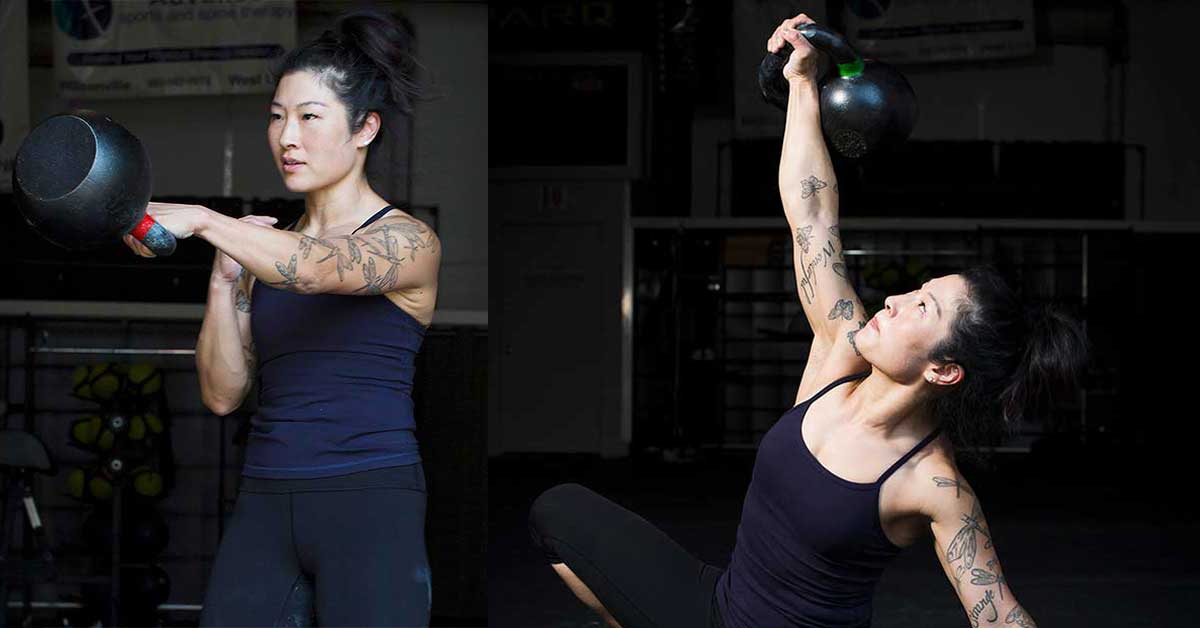Simply strong
Level 4 Valued Member
I’ve been reading this article...

How far does specialised variety go? For example for the press and snatch...
Standing Strict Press - primary lift
- Double strict press
- Push press
- Double push press
- Viking push press
- Double Viking push press
- Jerk
- Double jerk
- Thruster
- Double thruster
- Seated press
- Double seated press
- Half kneeling press
- Get ups
- Floor press
- Double floor press
- OH walks
- Double OH walks
- Bent press
- Windmills
- Sott’s press
- Double sott’s press
Snatch - primary lift
- Hand to hand swing
- 2H swing
- OA swing
- Double swing
- Clean
- High pulls
- Double high pulls
- Double clean
- Double snatch
- Side stepping swings
- Forward stepping swings
- Deadlift
- OA deadlift
- Double deadlift
- SL deadlift
- ‘Dead’ clean
- Double ‘dead’ clean
- ‘Dead’ snatch
- Double ‘dead’ snatch
Also all the double exercises with even and uneven bells
If all these are acceptable as specialised variety (please let me know if there are more) then does that really count as focusing on two or three lifts? If you focus on the ROP program would you put in specialised variety in on the variety days?

Introducing the StrongFirst “WOD” | StrongFirst
“If at first you don’t succeed, redefine success.”This caption for a New Yorker cartoon nails the “FOMO” mentality of a “workout of the day.”Then why, might you ask, is StrongFirst jumping on the bandwagon and introducing its own “WOD”?Please read on.
www.strongfirst.com
How far does specialised variety go? For example for the press and snatch...
Standing Strict Press - primary lift
- Double strict press
- Push press
- Double push press
- Viking push press
- Double Viking push press
- Jerk
- Double jerk
- Thruster
- Double thruster
- Seated press
- Double seated press
- Half kneeling press
- Get ups
- Floor press
- Double floor press
- OH walks
- Double OH walks
- Bent press
- Windmills
- Sott’s press
- Double sott’s press
Snatch - primary lift
- Hand to hand swing
- 2H swing
- OA swing
- Double swing
- Clean
- High pulls
- Double high pulls
- Double clean
- Double snatch
- Side stepping swings
- Forward stepping swings
- Deadlift
- OA deadlift
- Double deadlift
- SL deadlift
- ‘Dead’ clean
- Double ‘dead’ clean
- ‘Dead’ snatch
- Double ‘dead’ snatch
Also all the double exercises with even and uneven bells
If all these are acceptable as specialised variety (please let me know if there are more) then does that really count as focusing on two or three lifts? If you focus on the ROP program would you put in specialised variety in on the variety days?
